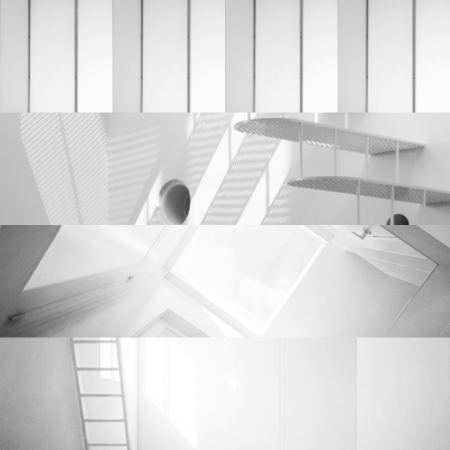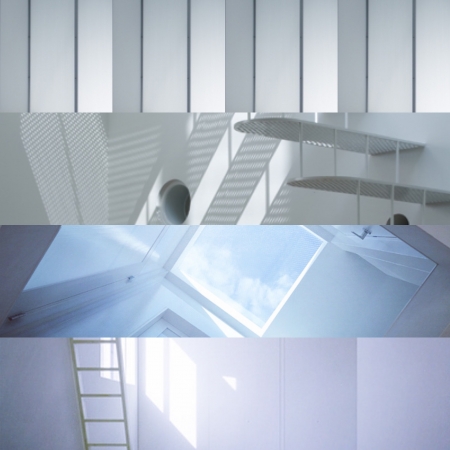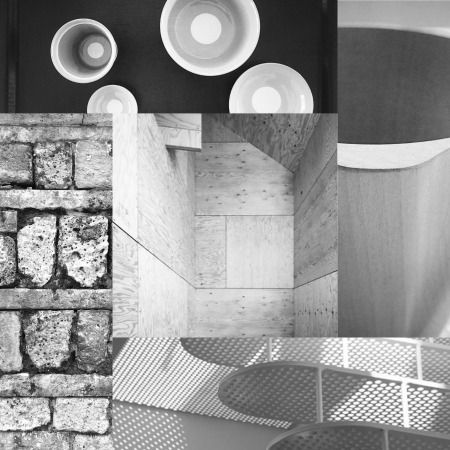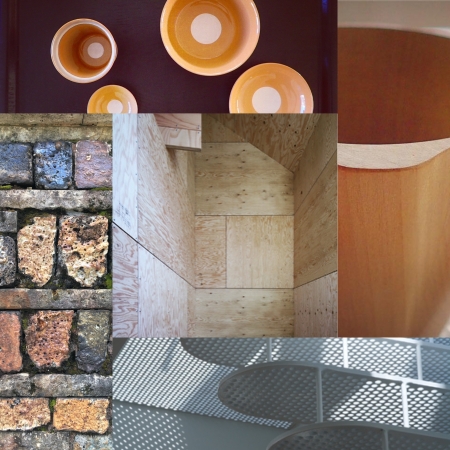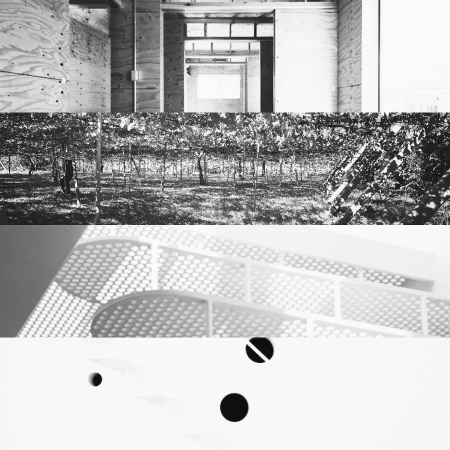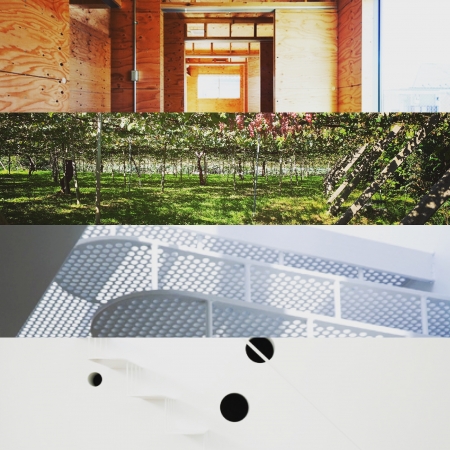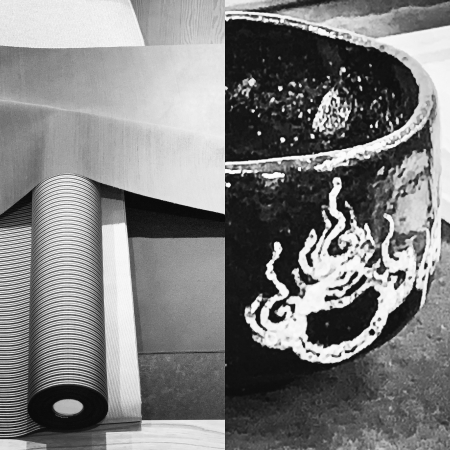効率から逃れる
効率から逃れるためにはどうしたらいいのかとずっと考えてきた。効率を求めるあまり同じようなものばかりになってしまう。効率は目に見えない物の構造にまで及んでいるので、目に見える部分をいくらいじっても何も意味が無い。効率は結果だけで無くプロセスから効率を求めるために起こる結果であるので、効率から逃れるには結果では無くプロセスに目を向けて、効率から脱却をしなければならない。
間違ってはいけないのは、効率を求めることが良くないのでは無く、効率を求めた結果が皆同じようになってしまうことが良くないのである。だから、プロセスを見直すことにより同じになることを避けて違う結果を求め、その結果がはじめからプロセスを含めて効率を求めた物と違うが同じ位に効率的であれば良い。
"Escape from efficiency"
I've been wondering what to do to escape efficiency. The demand for efficiency is so similar. Efficiency extends to the structure of invisible objects, so there is no point in tinkering with the visible parts. Efficiency is not only the result, but the result of seeking efficiency from the process, so in order to escape from efficiency, we must look at the process, not the result, and break away from efficiency.
Don't get me wrong, it's not that it's not good to ask for efficiency, it's not good that all the results of looking for efficiency are the same. Therefore, by reviewing the process, we avoid the same thing and seek different results, and the result is different from the one that asked for efficiency including the process from the beginning, but it should be as efficient as it is.

